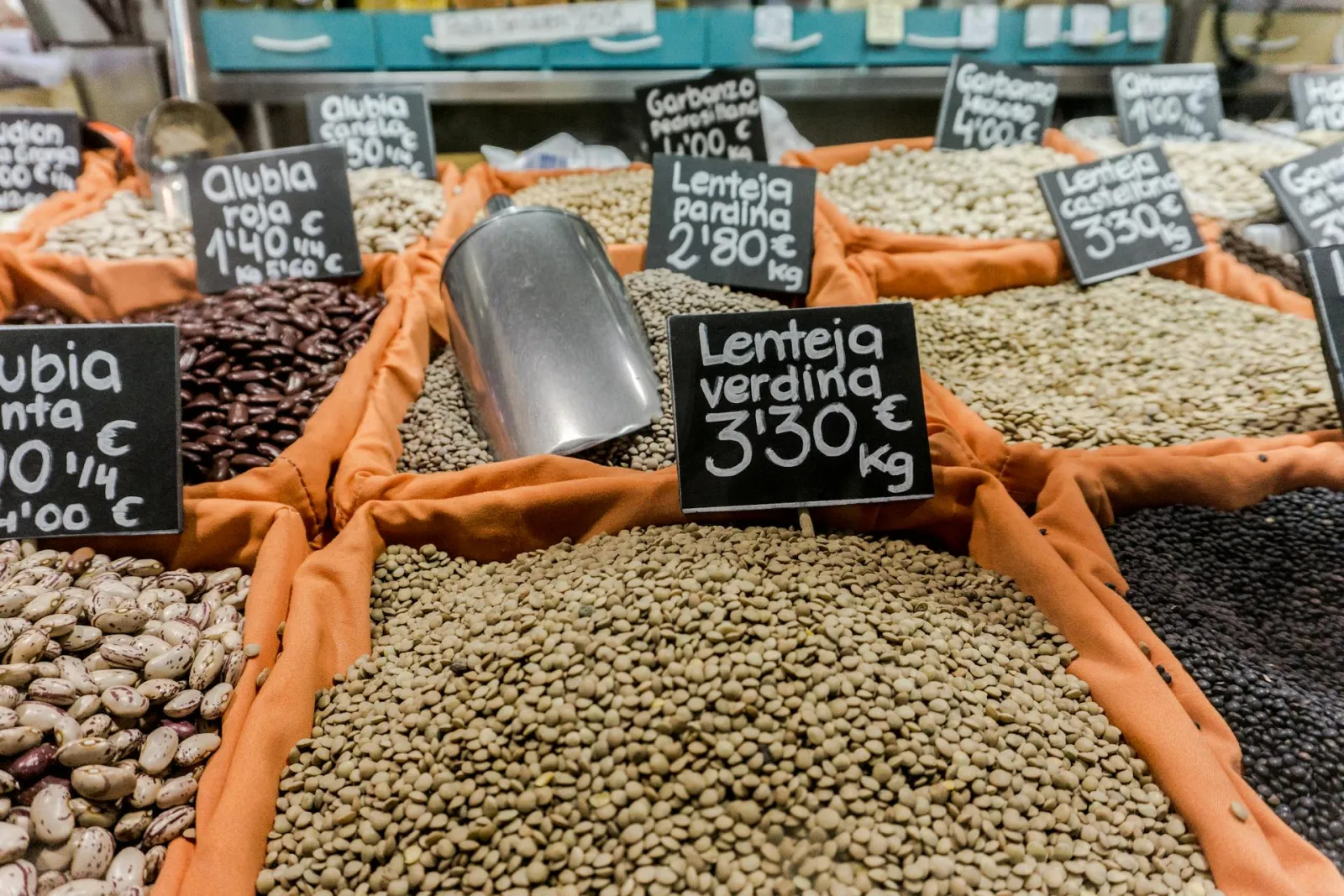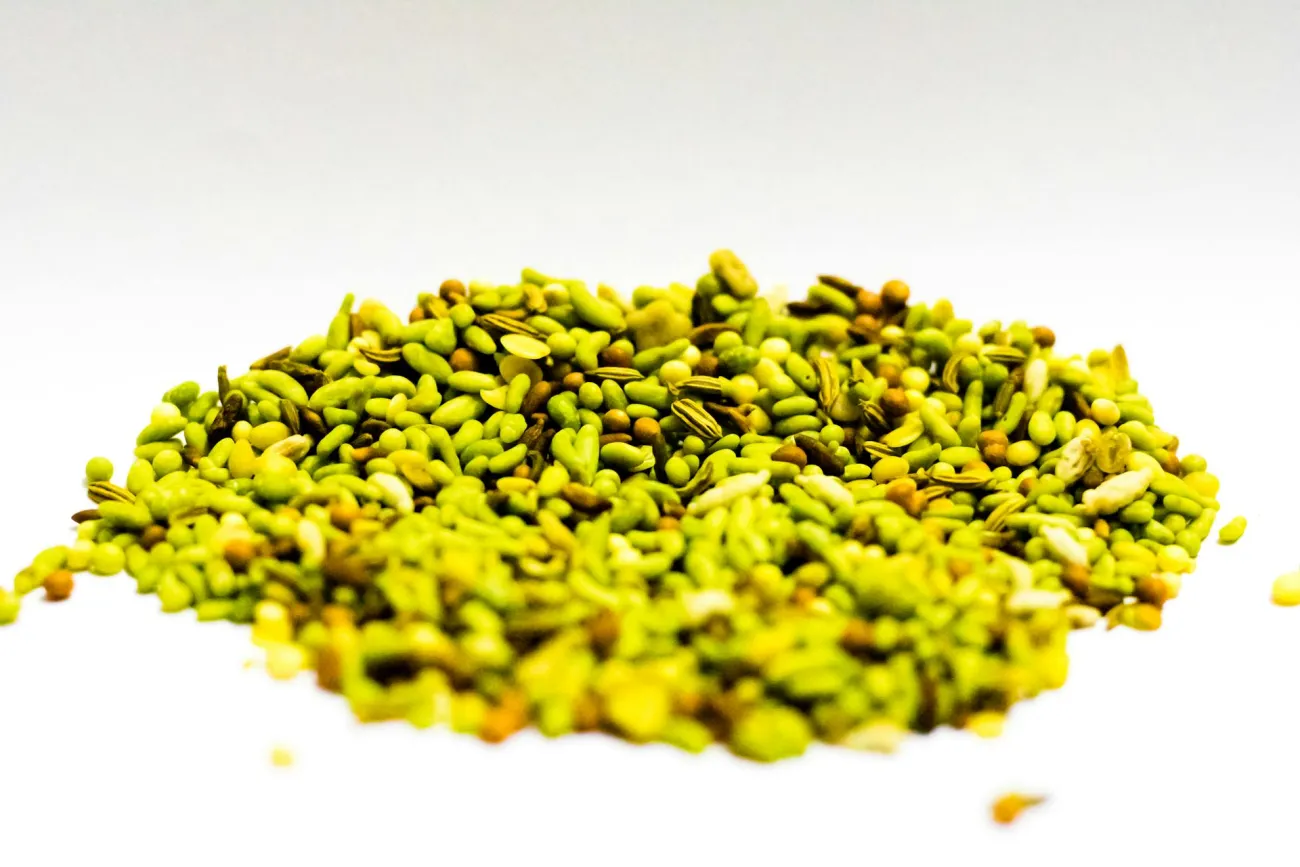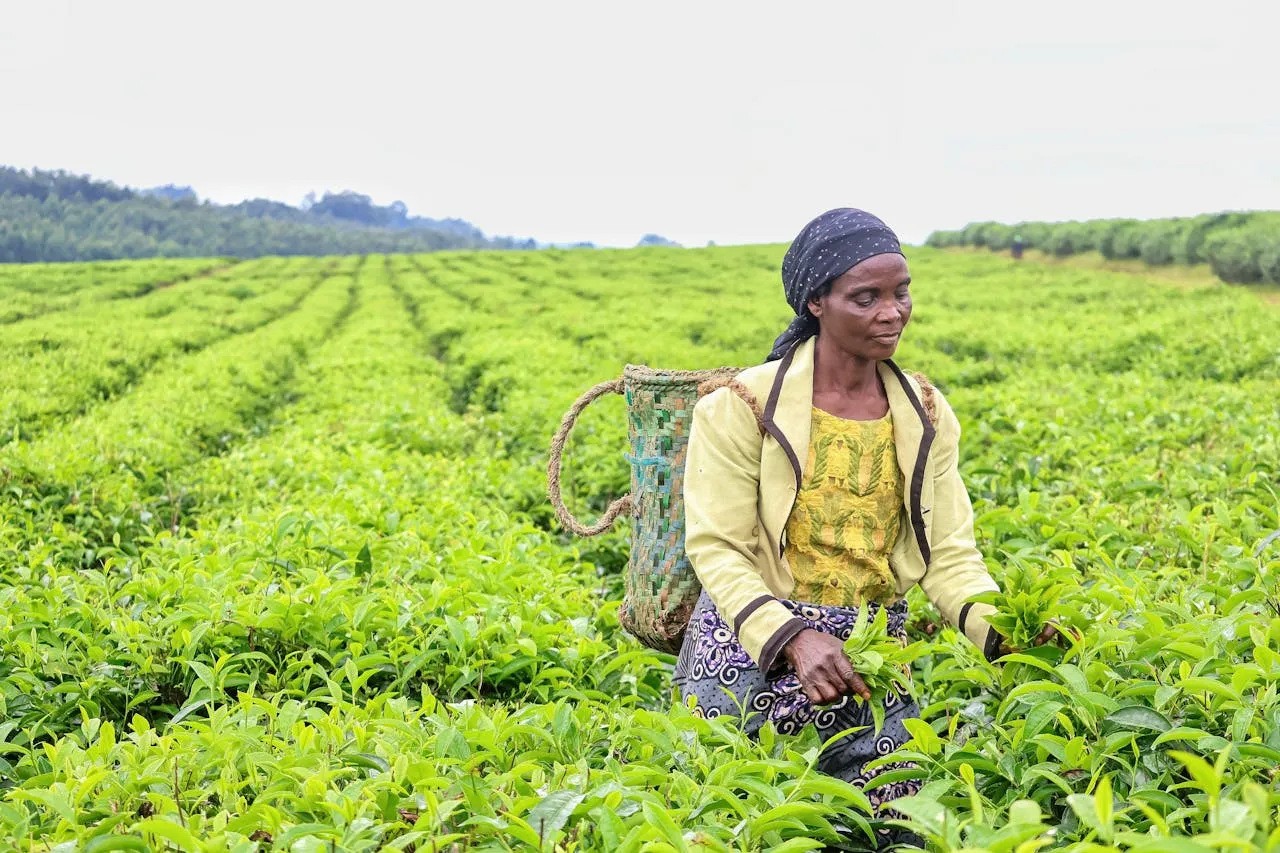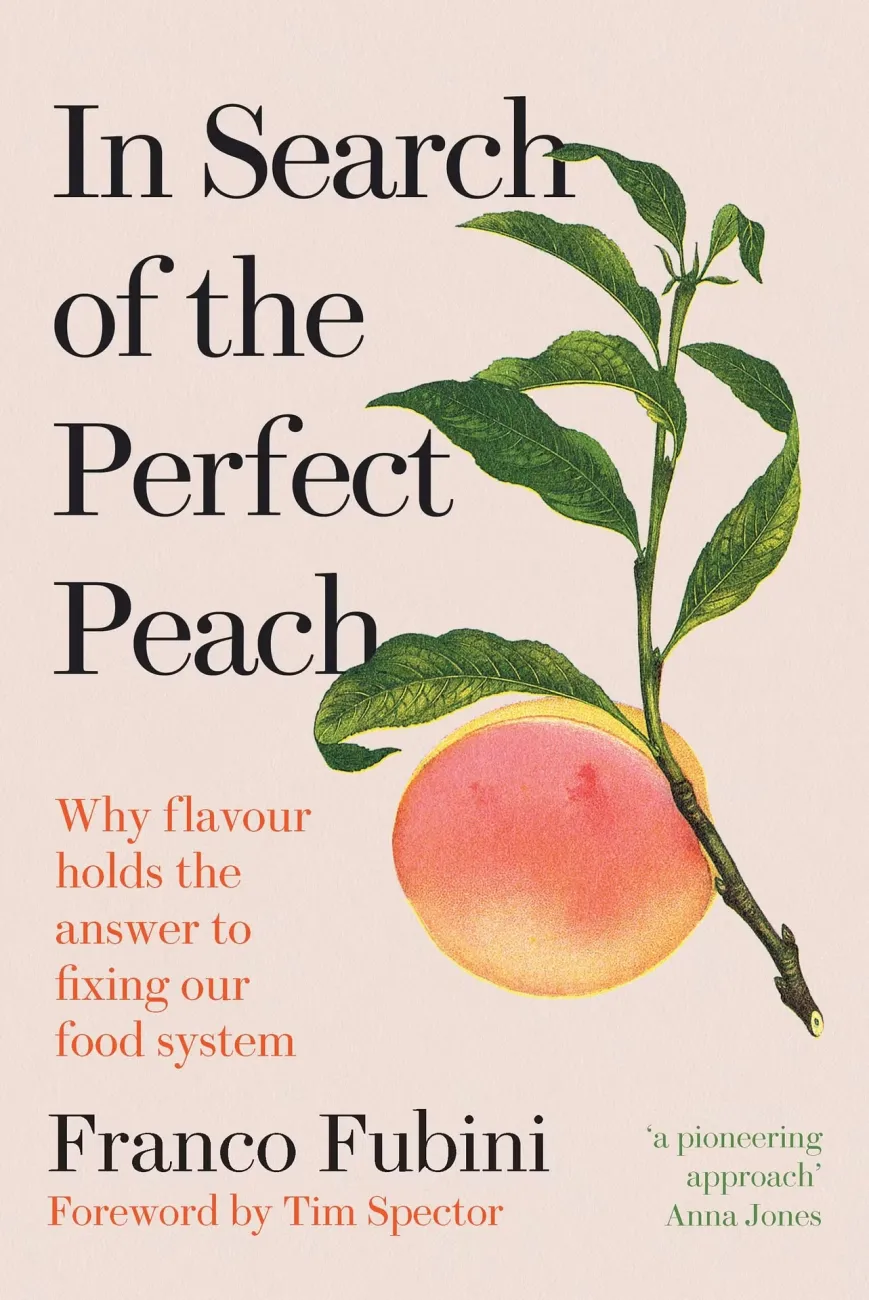Using Sweden as an illustrative case, this study explores actors’ perceptions of influence to change grain legume consumption and production, and examines system structures that support or hinder these actions. Findings suggest most actors attribute influence to others than themselves, most frequently the national government.
Abstract
Increasing the supply and human consumption of grain legumes is one important strategy to orient food systems towards healthy and sustainable diets. This requires well-performing value chains and collaboration among a diverse set of actors, from governments to farmers. Using Sweden as an illustrative case, this study explores actors’ perceptions of influence over actions identified to have leverage to change grain legume consumption and production, and examines system structures that support or hinder these actions. Semi-structured interviews with value chain actors and information from organizational websites were used to map the grain legume value chain and agricultural knowledge and innovation system in Sweden, and to elicit actors’ perceptions. Social network analysis was used to examine structures of interaction among actors based on their roles in the food system. The findings indicate most value chain actors attribute influence to actor roles other than their own, with the national government named the most frequently. However, actors perceive influence differently over actions to change production and consumption. Fostering dialogues with actors across the value chain, especially within large grain legume projects, may help develop new models of interaction in support of healthy and sustainable diets.




Comments (0)